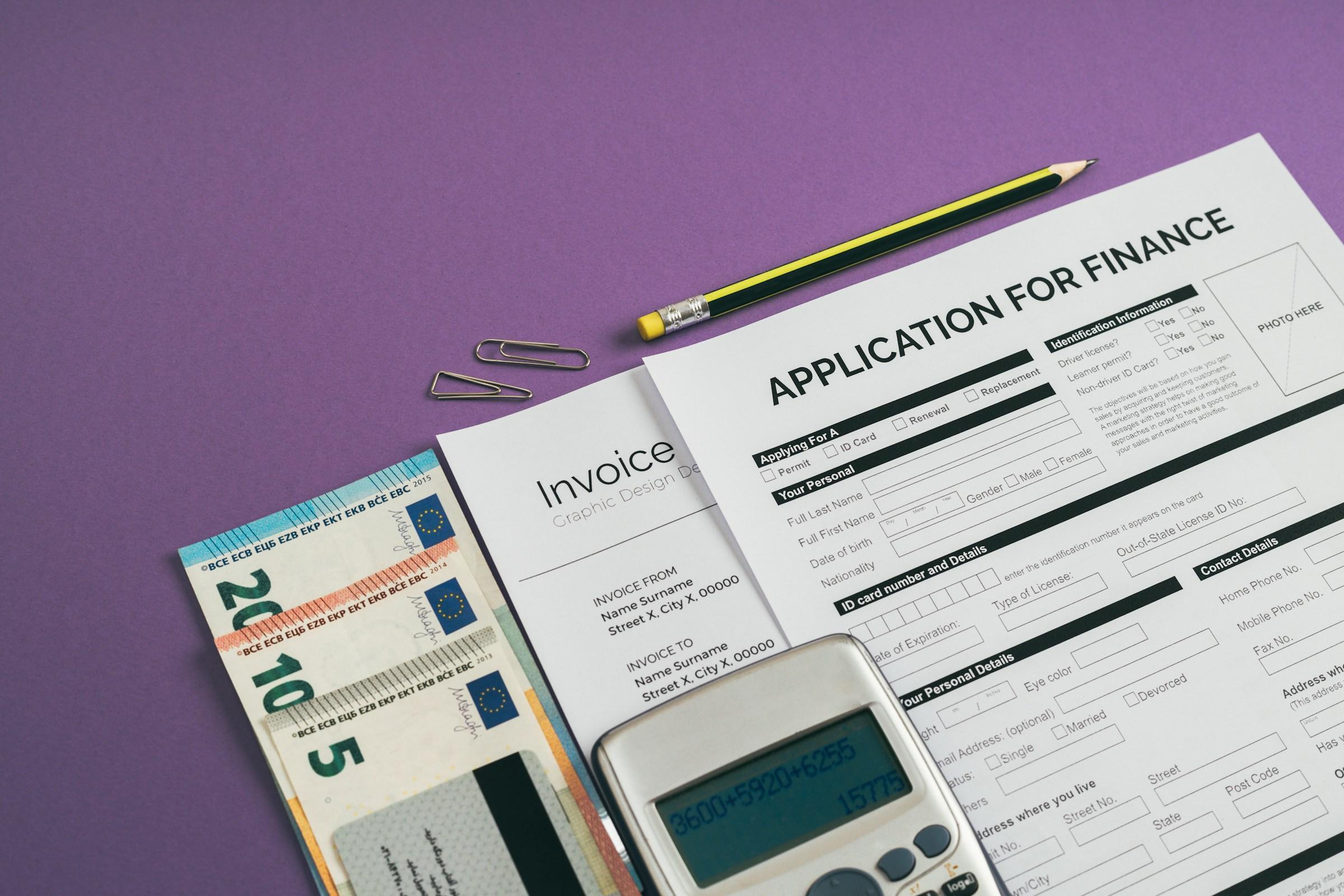Revenge saving often begins with a jolt. A credit card statement lands with more zeros than you expected. A restructure at work makes your role feel shaky. A home purchase stretches the monthly budget further than your comfort zone. A family emergency exposes a gap that feels personal. The emotional conclusion seems obvious. Spend less. Save more. Prove to yourself that you are responsible now. You start cutting with conviction. No dining out. No trips. No upgrades. Every spare ringgit or dollar funnels into a savings account. The balance rises fast, which feels like progress and control. Yet the very intensity that makes revenge saving satisfying in the short run can undermine long term security in quieter and more damaging ways.
The first hidden cost shows up in returns that never arrive. Big cash balances look safe because they are stable. Stability is not the same as strength. Over periods longer than a few years, inflation competes away the real value of money that sits idle, and markets compound faster than the best savings rates in most normal environments. When five or six figures remain in plain cash for seven or ten years, you are paying an invisible tax in opportunity cost. That cost does not send you an invoice. It just reduces what your future self can afford. The comfort of a large number on a bank screen can mask the fact that the money is not doing the job you will ask of it later.
The second cost is a problem of fit between time and liquidity. Every plan needs an emergency shield that can be reached quickly at a predictable value. That is the correct job for cash and its near cousins. The trouble begins when the emergency shield grows far beyond what your household requires, while retirement, education, and other long horizon goals remain underfunded. The result is a plan that looks safe today and becomes stressed tomorrow. Sooner or later you will face a deadline, and funds that should have been working for a decade will be expected to perform in a few years. To catch up, you may feel pushed toward higher risk near the finish line, which is the worst moment to discover volatility.
The third cost arrives when protection is treated as optional overhead. In a quick and strict budget reset, insurance can look like an easy cut because the benefits are not immediate, and premiums feel like a drag on discipline. Income protection, health coverage, disability cover, and safeguards for dependents do not add excitement to a plan. They add resilience. A single claim event can unwind years of saving. The point of protection is not to maximize policy count or to pay for every rider on offer. The point is to keep your plan intact when life does not cooperate. Revenge saving often forgets that resilience comes as much from risk transfer as from thrift.
The fourth cost is human. When every discretionary line in a budget is compressed at once, social connection and rest are usually the first sacrifices. That sacrifice can look noble for a month. Over time it frays energy, mood, and judgment. Burnout does not announce itself with a headline. It creeps into work quality and relationships, which in turn can shrink income potential and increase the chance of poor money decisions. A plan that refuses to fund any joy or recovery usually fails not because the arithmetic is wrong but because the person following it gets tired. Energy is a financial asset. Preserving it is not indulgent. It is prudent.
There is also a structural cost that hides inside tax rules and account design. In Singapore, Hong Kong, the United Kingdom, and many other markets, there are wrappers and schemes that amplify compounding or reduce leakage if you use them consistently. Employer matches, tax allowances, and contribution limits reward steady participation. If a revenge saver channels everything into a generic savings account, those advantages are missed. You cannot retroactively claim the match you skipped or the tax shelter you ignored during your strict phase. What looked like control was actually a surrender of free growth.
Why does this behavior take hold so quickly and linger even after the original scare passes. The answer is psychology and simplicity. After a shock, strict rules create comfort. Save everything. Say no to everything. The binary nature of the rule reduces mental load. Progress is visible in the line that matters most to the anxious mind, which is the bank balance. Real planning, by contrast, requires nuance. It asks you to hold several goals in view at once, accept uncertainty, and commit to actions whose payoff is slow and sometimes invisible. After a period of fear, nuance feels like risk. The brain prefers a single score. The way out is not to abandon clarity but to replace harsh simplicity with a few calm rules that respect reality.
Numbers can help reframe the story. Imagine two professionals with similar incomes who both decide to increase saving by twenty percent after a scare. One moves the extra funds into cash and leaves them there for a decade. The other splits the increase between a right sized emergency fund and a diversified investment plan that matches a ten year horizon. In the first year, the cash saver often looks better because the balance rises in a straight line while the investor accepts some volatility. At year ten, even conservative market returns tend to outpace savings rates, while inflation erodes cash in the opposite direction. The investor has more purchasing power and more choices. The cash maximizer must either delay goals or accept risk at the wrong time. This is not a call to chase returns. It is an invitation to align vehicles with timelines so that compounding can do its quiet work.
The same logic applies to housing and education. Funds that you will use within three years belong in defensive positions. Funds for seven to fifteen years benefit from measured exposure to growth assets because time is the tool that converts volatility into net gain. When all buckets are treated as short term by default, the plan privileges comfort over mathematics. That preference is understandable in the wake of a scare, but it should not run your life for a decade.
A calmer structure begins with naming the recent event so that it does not keep steering from the background. Then you can reorder the plan in layers. The first layer is an emergency shield sized to your household. If income is stable, three to six months of essential outflows is a common range. If income is variable or others rely on you, the shield can be longer. The purpose is simple. You want immediate access at a predictable value when something breaks. The second layer is protection. Confirm that income, health, disability, and any dependent needs are covered at a level that fits your situation. Remove overlap and mismatches, not the core benefits that prevent a single event from forcing asset sales or debt.
The third layer is growth. Map goals by time horizon and choose instruments that match. For long horizon goals, use diversified, low cost vehicles rather than single line bets. Automate contributions at a level that you can respect during a stressful quarter. Automation is not a surrender of agency. It is a guardrail against decision fatigue and mood driven changes. Where your market provides tax advantages or employer matches, lean into those first. They are part of your total return even though they do not look like price appreciation.
The fourth layer is life. Set a modest allowance for joy and recovery and label it on purpose. When you know a small portion of your budget is designed to protect energy and relationships, you stop leaking money from other lines in moments of frustration. You also remove the moral drama that surrounds spending after a scare. The point is not to reward yourself. The point is to keep the person who runs the plan in good working order.
Once the layers are set, replace a single headline number with a small scoreboard that captures the parts of progress that matter most. Measure months of essential expenses covered by accessible reserves. Measure the rate at which long horizon goals are funded. Measure coverage adequacy for the risks that would break the plan. Measure behavioral fit by asking whether you can follow your rules during a busy month without a willpower contest. If those four lines are moving in the right direction, the plan is doing its job even if your savings account does not make a dramatic climb every week.
Ranges help more than rigid targets. Instead of a fixed monthly contribution that can fail when life gets noisy, set a base amount that always happens and a bonus amount that triggers when income or expenses land on the nicer side of normal. Ranges preserve consistency. Consistency is what compounds. If you do slip, restore the routine without ceremony and move on. Shame is a poor financial coach.
Context matters across regions. In Singapore, CPF flows and mortgage decisions interact with your saving and investing choices. Overweighting plain cash on top of mandated contributions can produce a portfolio that looks safe and undergrows your needs. In Hong Kong, MPF allocations and fees deserve attention, and employer defaults should not set your risk level for the next ten years by accident. In the United Kingdom, ISA allowances reward a steady cadence across the tax year rather than a single burst that coincides with a scare. The details differ by market, but the pattern is the same. Systems exist to help long term savers. Revenge saving usually ignores them because it values immediacy over architecture.
There are moments when austerity is exactly right. If interest costs on debt exceed plausible investment returns, accelerating pay down can be the smart move. If a job transition is near, building a larger cash runway is sensible. If a major life event is approaching, a short period of elevated cash saving can buy useful flexibility. The distinction is intent and duration. Short, purposeful phases that serve a clear timeline are planning. Open ended severity that crowds out protection and growth is something else.
If you share money decisions with a partner, bring them into the logic and the timeline. Without context, strict rules feel like punishment rather than prudence. Explain the size of the emergency shield, the role of protection, and the schedule for reintroducing small categories that preserve connection and rest. When the household understands the job of each ringgit or dollar, the plan becomes easier to live with. That is a financial benefit and a relationship benefit.
Exiting an extreme does not require a swing to indulgence. Introduce one improvement at a time. If protection was cut, restore the most critical cover first. Set a fixed monthly transfer into a long horizon investment account and let it run for a quarter before changing anything else. Review the emergency fund target and move any excess into the right vehicle with a clear label so that your mind knows what the money is for. Reintroduce one small category of discretionary spending that delivers the greatest lift in energy or connection. Watch your anxiety. It tends to ease as the new routine proves itself. Confidence in a plan comes from repeated evidence, not from a single promise to be good.
If you work with an adviser, ask for a forward projection that compares your current strict strategy with a calmer allocation that preserves protection and invests for growth. Seeing the decade long consequences side by side helps your emotional brain release its grip. If you plan on your own, review quarterly rather than daily. The quiet between reviews is not neglect. It is part of the strategy. It protects you from reacting to noise and rewards patience.
The purpose of saving is not to perform virtue. The purpose is to fund a life that you can recognize in five, ten, and thirty years. Fear is a useful signal that something needs attention, but it is a poor architect. If you find yourself pushing every resource into cash and calling it responsibility, pause and test whether you are protecting what actually matters. The strongest plans are rarely the harshest. They are the ones that survive ordinary setbacks and busy seasons without drama. Replace punishment with structure. Let time, not tension, do the heavy lifting.



.jpg)







-1.jpg&w=3840&q=75)


